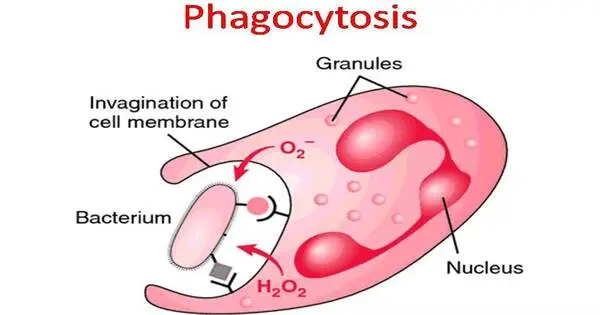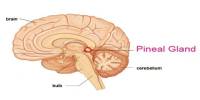Phagocytosis is a critical cellular process that allows certain cells to engulf and consume solid particles such as bacteria, cellular debris, or other foreign particles. It is the process by which a cell’s plasma membrane engulfs a large particle (≥0.5 μm), resulting in the formation of an internal compartment known as the phagosome. This mechanism is critical for the immune system’s proper functioning and plays an important role in protecting the body from infections. Endocytosis is one type of endocytosis. A phagocyte is a cell that performs phagocytosis.
Phagocytosis is a key mechanism in a multicellular organism’s immune system for removing pathogens and cell debris. The phagosome then digests the ingested material. Bacteria, dead tissue cells, and small mineral particles are all examples of phagocytized objects. Phagocytosis is used by some protozoa to obtain nutrients.
Here’s a general overview of the phagocytosis process:
- Chemotaxis: Phagocytic cells are drawn to the site of infection or inflammation by chemical signals released by damaged cells, pathogens, or other immune cells.
- Recognition and Attachment: The phagocyte recognizes foreign particles via surface receptors that bind to specific molecules on the target. Opsonization, in which foreign particles are coated with proteins called opsonins, makes them more recognizable to phagocytes.
- Engulfment: The phagocyte wraps its membrane around the foreign particle, forming a structure known as a phagosome. This process is frequently aided by cytoskeletal rearrangements within the phagocytic cell.
- Phagosome Formation: The engulfed particle is now contained within a phagosome, a membrane-bound vesicle.
- Phagosome Maturation: The phagosome goes through several stages of maturation, including fusion with lysosomes to form a phagolysosome. Digestive enzymes in lysosomes break down the engulfed material into smaller, more manageable components.
Phagocytosis is a basic defense mechanism used by many different cell types, including macrophages, neutrophils, and dendritic cells. These cells are critical components of the innate immune system, providing a nonspecific and rapid response to infections. Furthermore, phagocytosis contributes to tissue homeostasis by removing dead cells and cellular debris.
















